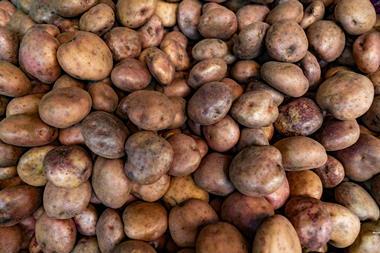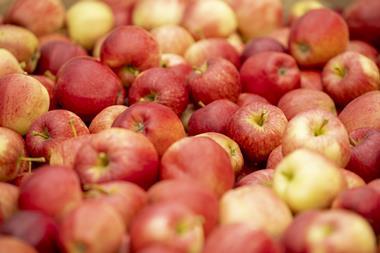Warmer weather could threaten the English winter rhubarb industry and force up retail prices.
Rhubarb requires very cold weather to grow properly and the cold snap in late December followed by milder weather has prevented some rhubarb from developing properly.
Growers warned there were likely to be shortages of English rhubarb over the next few weeks and that retailers would have to plug the gaps on shelf with Dutch product.
Warmer winters threatened the long-term viability of the 1,500 tonnes of forced rhubarb produced annually by the 12 growers in the so-called Wakefield Triangle between Wakefield, Leeds and Bradford, said growers.
"Climate change is having an effect on rhubarb production," said Simon Dobson, director of Greenfield Produce. "It's making the crop far more expensive to grow, which will mean a higher retail price. We've seen a 20% reduction in yields and demand is far outstripping supply."
Janet Oldroyd Hulme, owner of E Oldroyd & Sons, which supplies Sainsbury's, Asda and M&S, added: "There is a shortage in production. Things are only going to get worse in the future."
However, the immediate supply squeeze would be fairly short-term, she said. "Supplies will start picking up in two weeks," she predicted.
Though English rhubarb is produced indoors during the winter using a technique known as 'forcing', in which roots are lifted from fields and taken into dark sheds to grow, cold weather is crucial to the period of development outside.
Some growers are already experimenting with new varieties that could cope in warmer weather.David Westwood of
D Westwood & Son said he was using a variety that did not need as much frost and could be pulled throughout the season.
He did not anticipate any shortages from his farm this season.









No comments yet